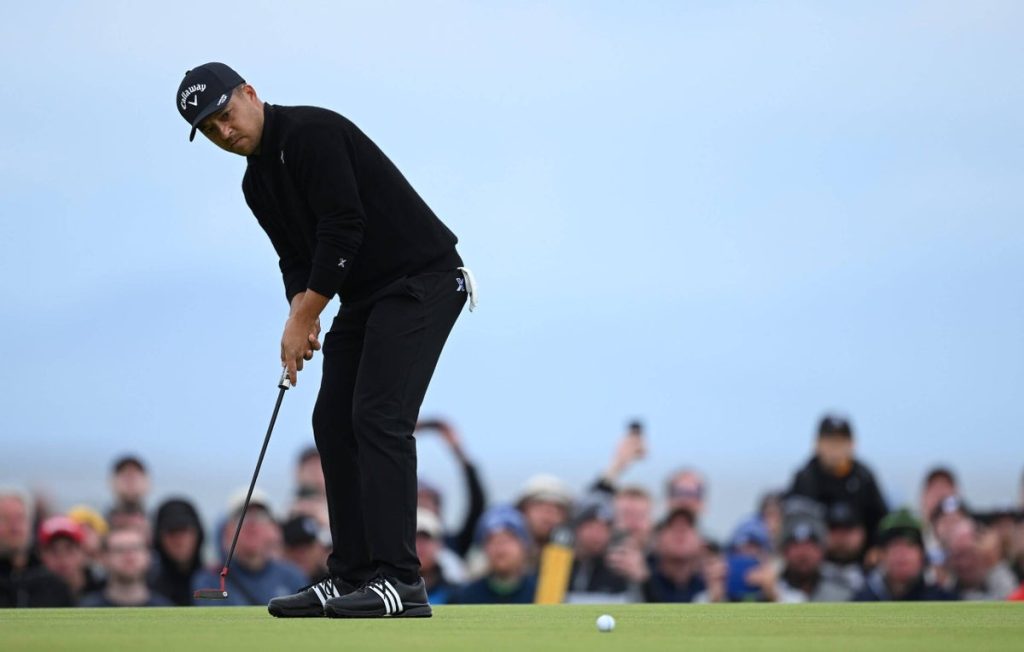Unraveling the Mystery of Missed Putts
Shortly after Rory McIlroy’s disappointing finish at last year’s U.S. Open, where he faltered on crucial putts, a burning question lingered on the Pinehurst No. 2 course: How did this happen?
On the 16th hole, McIlroy missed a par putt that was just 2 feet, 6 inches away, and on the 18th hole, he failed to convert a putt from under 4 feet. Speculations arose: Was it a misjudgment? Did he lack the speed in his stroke? Or was it the pressure of not having won a major in over ten years?
The Quiet Eye Theory
Joan Vickers, a professor at the University of Calgary, formulated her own hypothesis while observing McIlroy’s missed putt on the 18th. She noted a crucial shift in his gaze towards the hole right after striking the ball, potentially breaching the principle of the “Quiet Eye” that she had identified years before.
Understanding the Impact
“This eye movement can lead to lateral club motion,” Vickers explained. “Even the slightest misalignment of the club face can result in a miss.” Many golf enthusiasts have faced the common agony of missing a straightforward 5-foot putt — a painful experience that transcends skill level, affecting both amateurs and professionals alike.
The Masters and the Importance of Putting
As the golf community converges on Augusta National for The Masters, the outcome will likely hinge on performance on the notoriously challenging greens. These undulating surfaces, installed with a SubAir system to regulate moisture and speed, keep players filled with anxiety. Expert players often excel by sinking those critical 5 to 10-foot putts.
Insights from Vickers
For decades, Vickers has emphasized the concept of “The Quiet Eye,” which involves a sustained focus on the ball before executing a putt. Although gaining some traction, this principle is still not widely acknowledged among all golfers. “Many don’t understand it,” shared Derek Uyeda, a putting coach who works with two-time major winner Xander Schauffele.
Researching the Quiet Eye
Vickers’ journey began in the 1980s while pursuing a doctorate at the University of British Columbia. Reflecting on moments of exceptional athletic performance from her past, she aimed to investigate the cognitive processes behind elite-level success. Utilizing eye-tracking technology, she discovered that golfers who fixated on the ball for two to three seconds continually performed better.
Application of the Quiet Eye in Golf
Vickers later formalized the “Quiet Eye” concept, revealing that elite golfers maintain a specific fixation on the ball to enhance performance. Teaching professionals like Uyeda have since integrated this method into their coaching. As players practice the Quiet Eye technique, they learn to balance focus on both the target and the ball, ultimately increasing their chances of sinking crucial putts. As The Masters unfolds, the application of Vickers’ research could potentially influence the tournament’s result.



